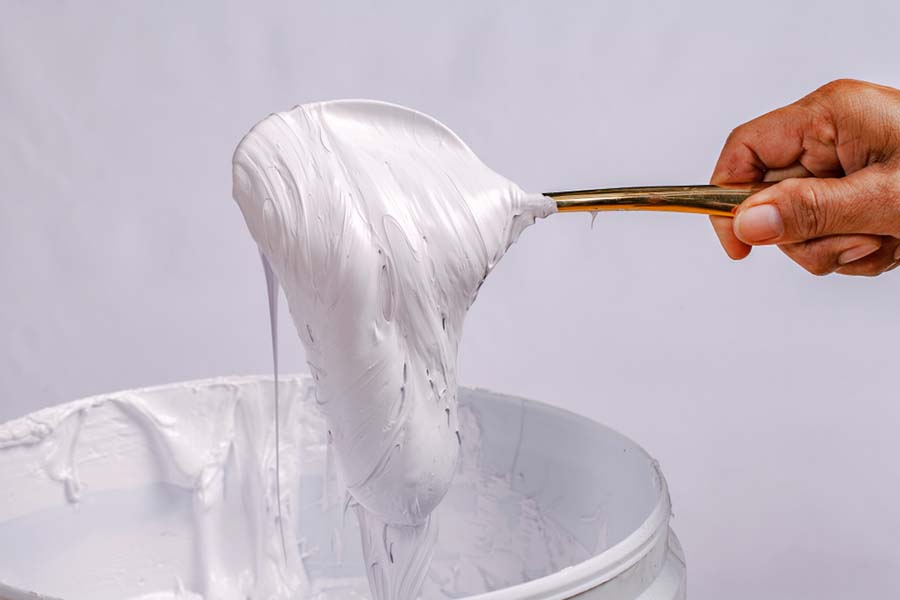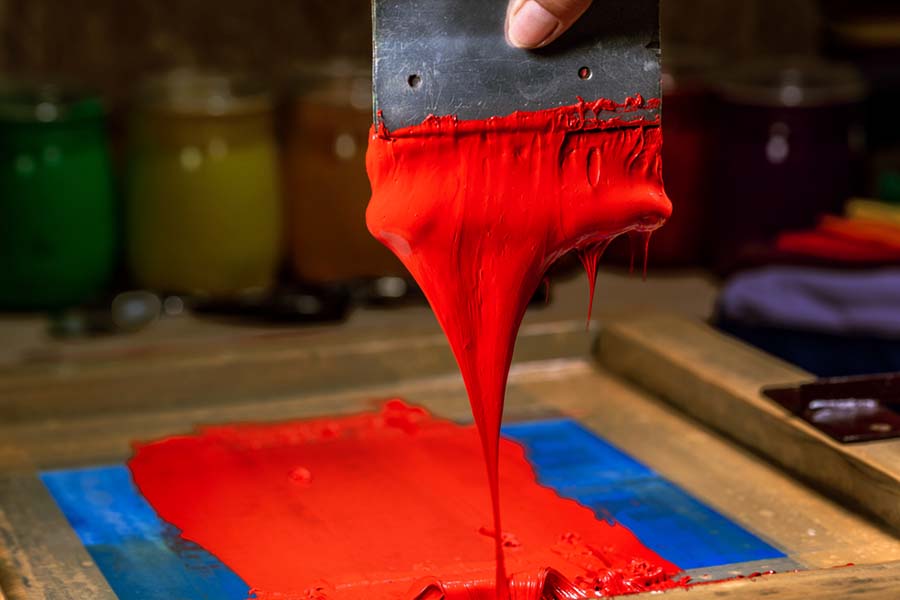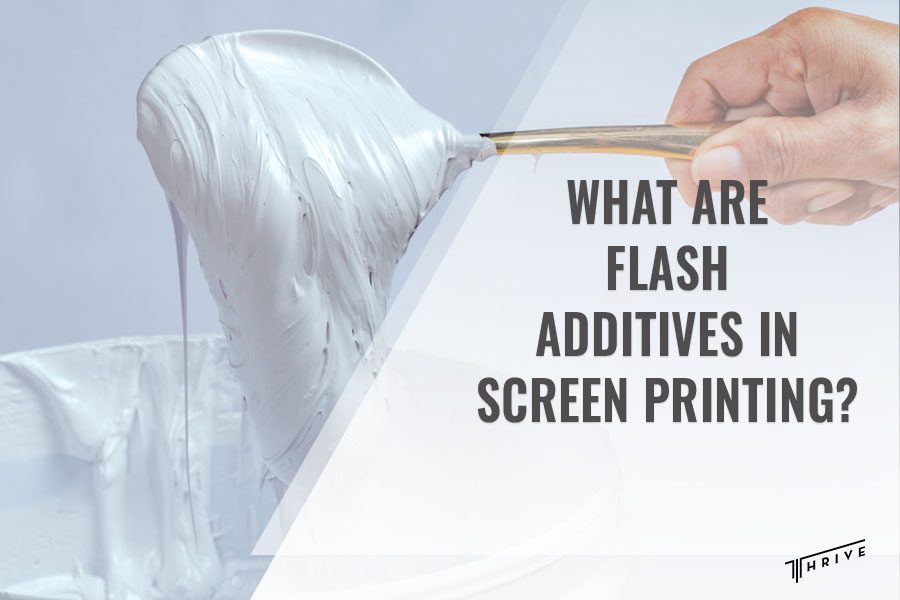Screen printing has always been a popular marketing strategy for numerous businesses. By hiring the appropriate screen printing service, companies can create large volumes of branded products to increase their visibility and leave lasting impressions to broader audiences. With experience dating back to 1990, we’ve seen numerous clients showing interest in the process that goes behind our unique designs. That’s why, in this article, our team at Thrive Screen Printing wants to elaborate on what are flash additives in screen printing.
By having an insight into the ink additives used during various screen printing techniques, businesses will better understand which method suits their needs most. Furthermore, we’ll elaborate on the role flash additives play in creating a stunning visual appeal while also ensuring product quality. Continue reading to discover how do flash additives work in screen printing and their purpose!
What are Flash Additives?
With our experience in the industry as a top company for wholesale screen printing, we’ve seen the evolution and rise in the diversity of printing inks. One of the most commonly used options is the standard plastisol ink, which is made from plastics and requires 350°F for curing. Even though these inks have been modified to address various substrates and applications, they still require modifiers to improve printability and performance.
Flash additives are a type of plastisol additive used to minimize the flash time of normal plastisol inks. In simple terms, it helps the ink dry faster when exposed to heat to accelerate the production process. Since each type of ink has a specific ink cure time, these additives are most commonly used for white inks, which have inconvenient flashing characteristics.

What are Flash Additives in Screen Printing Used for?
So, how do flash additives work in the screen printing process? First, these additives are used to minimize the ink’s degree of tack during flash curing. In simple terms, the less tack is present, the easier it is to print on top of the ink. This is especially important if the design requires printing multiple layers of ink onto the desired material.
Before each layer of ink is applied to the product, we must ensure that the previous one has dried or cured to achieve the desired results. For example, some designs require the use of multiple ink colors, such as blue, red, or yellow. Thus, once one of the colors has been printed, they must dry before applying the next one.
Another use of flash additives is essential if the design requires special-effect inks such as metallic or glitter. The colors on the product require flashing before these special effects are added to ensure a quality under-base and stunning visual effects.
Types of Flash Additives for Screen Printing
So, are there different types of flash additives available for screen printing? Even though the primary use of these additives is to aid in the ink cure time, there are various modifications to enhance the printing process. Some of the most commonly used options are the following:
- Puff additives – used for creating screen puff and decreasing after-flash tack from white plastisol. They’re easily identifiable by their low-gloss appearance and uneven surface texture.
- Stretch additive – used to maintain flexibility and comfort of stretchy materials such as athletic and performance wear. It can be used on both water-based inks and plastisol to ensure durability and prevent cracks.
- Reducer – used to reduce the velocity or thickness of the ink to increase its flow through the screen. It also reduces the opacity of the ink because less ink will cling to the bottom of the screens while printing.
- Thickener – used to increase the ink’s velocity and thicken plastisol ink.

Conclusion
So, what are flash additives in screen printing? Flash additives are a type of plastisol additive and are used in screen printing to minimize the flash time of normal plastisol inks. Since this practice requires attention to detail and the capability to produce large volumes of products quickly, we advise companies to choose their desired service provider carefully.
Our professional team at Thrive Screen Printing takes pride in delivering premium-quality results with a flawless finish. Furthermore, we can deliver retail-ready products and have the equipment to produce 20,000 prints per 8-hour shift. So contact our team today, and we’ll come up with the right solution for your unique business needs!

Robert Fisher is the founder and CEO of Thrive Screen Printing and brings extensive experience in the screen printing and fulfillment industry.


